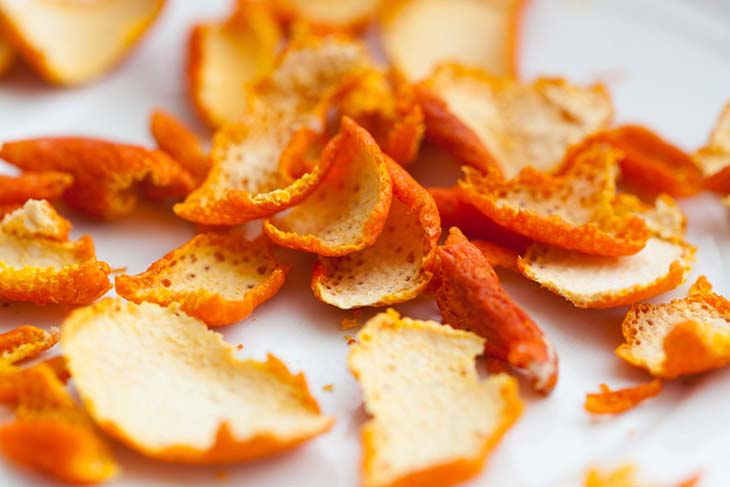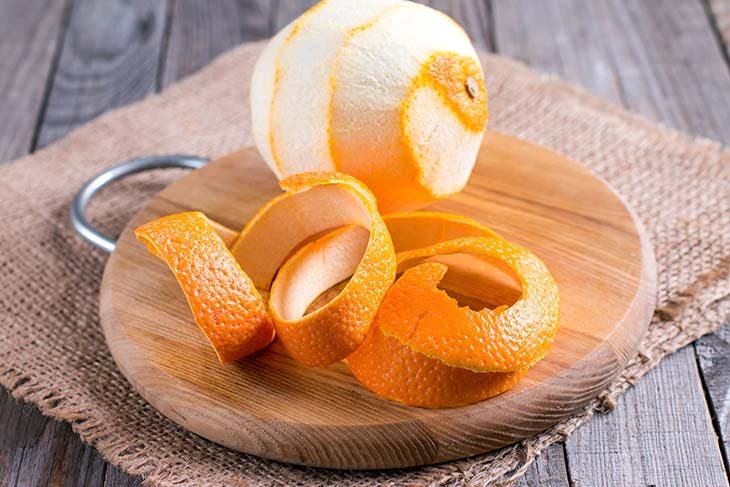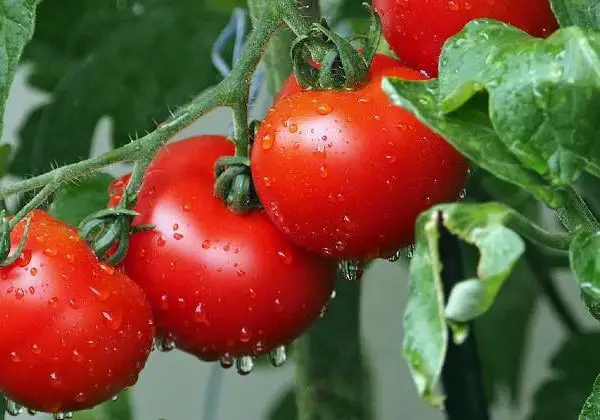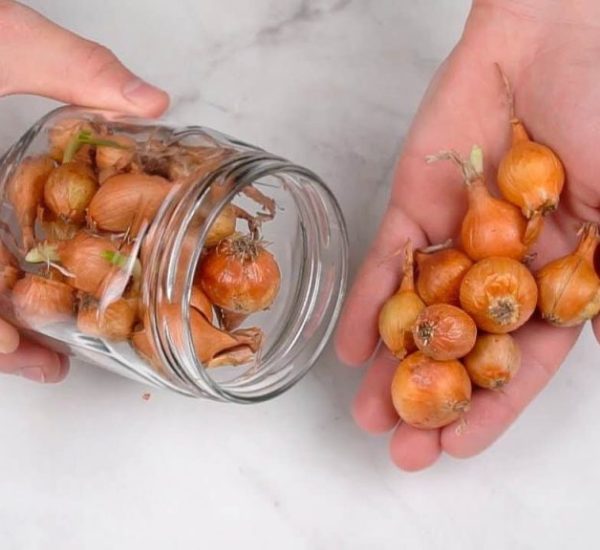At the start of the year, oranges offer us beautiful, ripe, sweet and juicy fruits, enough to stock up on vitamin C all winter long. But once consumed, what happens to the remains of these oranges? Find out what happens when boiling water is poured over orange peels.
Rich in vitamin A and C, citrus fruits and more particularly oranges are fruits very popular with consumers during the winter. When making recipes for fresh, tangy cakes or jams, in juice for snacking or simply to be consumed naturally, oranges generate waste that can either be composted or transformed.
What happens when you pour boiling water over orange peels?

Oranges are juicy fruits with energizing and anti-aging properties. A glass of juice will guarantee you the vitamin intake necessary for daily activities. But be aware, plants are also fond of this type of contribution. Orange peels help plants grow healthily.
You who browse the web looking for anti-waste ideas to fight against food waste and find intelligent ways to reuse everyday waste, tips relating to orange peels are not unknown to you. You certainly use them to clean your furniture or perfume your interior, but do you know how your plants will react when they are in contact with this citrus fruit?
First of all, you should know that orange peels are a very good fertilizer for your plants, especially when they start to rot. Orange peels release nitrogen compounds. This operation allows the planted seeds to grow quickly and healthily, and follows a precise process:
- 1. To do this, you will first need to collect all the orange peels in a bag, ideally made of fabric or burlap.
- 2. You will then need to place the bag in the sun to allow its contents to dry.
- 3. Once the contents of the bag are dried in the sun, place it in a bowl and add boiling water to it, then let it sit for 4 to 5 hours.
- 4. Then filter the preparation to separate the liquid from the peels.
- 5. Water your plants with the liquid part and place the soaked bark in the soil about 5 cm deep
Other tips for recycling your orange peels
1. Use your orange peels as insect repellent
Place orange peels in your garden or simply spritz your clothes with drops of orange essential oil. This will keep mosquitoes and other insects away. You can say goodbye to aphids, flies and mosquitoes.
2. Give your compost a boost with your orange peels

You who, in a zero waste approach, compost your organic waste to create your own fertilizer, know that orange peels allow it to be richer and nourishing. The nutrients contained in your orange peels will provide your plants and your fruits and vegetables with all the vitamins necessary for them to flourish.
3. Keep certain animals away from your garden using your orange peels
Unlike humans, dogs and cats do not love the tangy smell of citrus fruits. If you are invaded by your neighbors’ dogs and cats or stray animals in the neighborhood, consider using orange peels to keep them away. Place pieces of bark around the garden to prevent these invaders from approaching your plants.
Now that you know the different tips for recycling orange peels, it would be a shame to throw them away. Think green and protect the environment!



